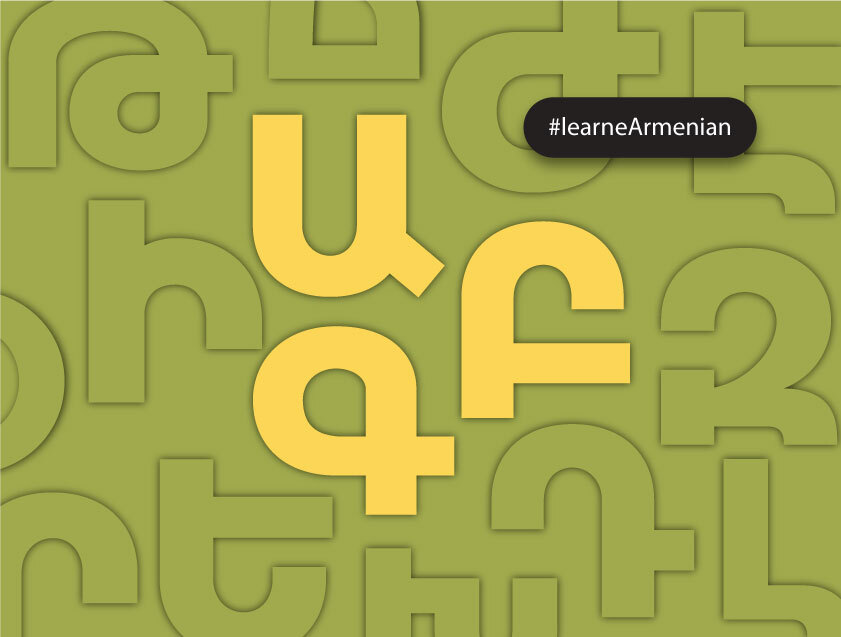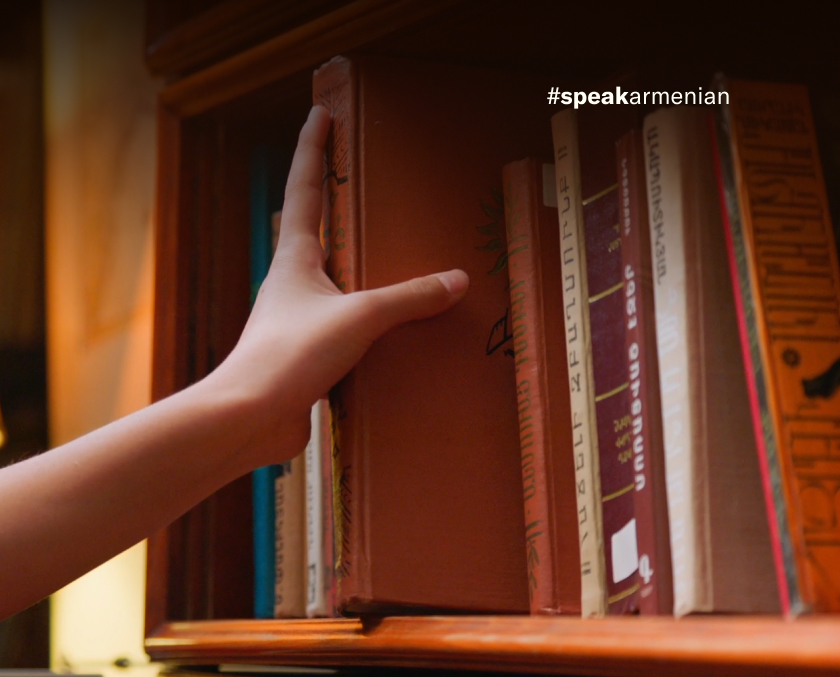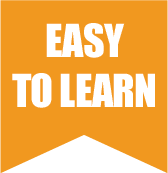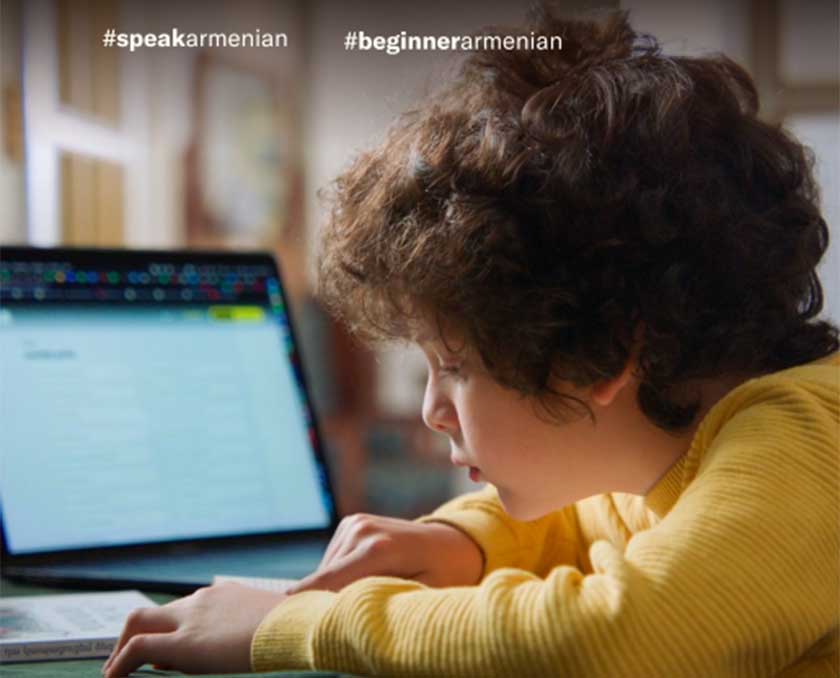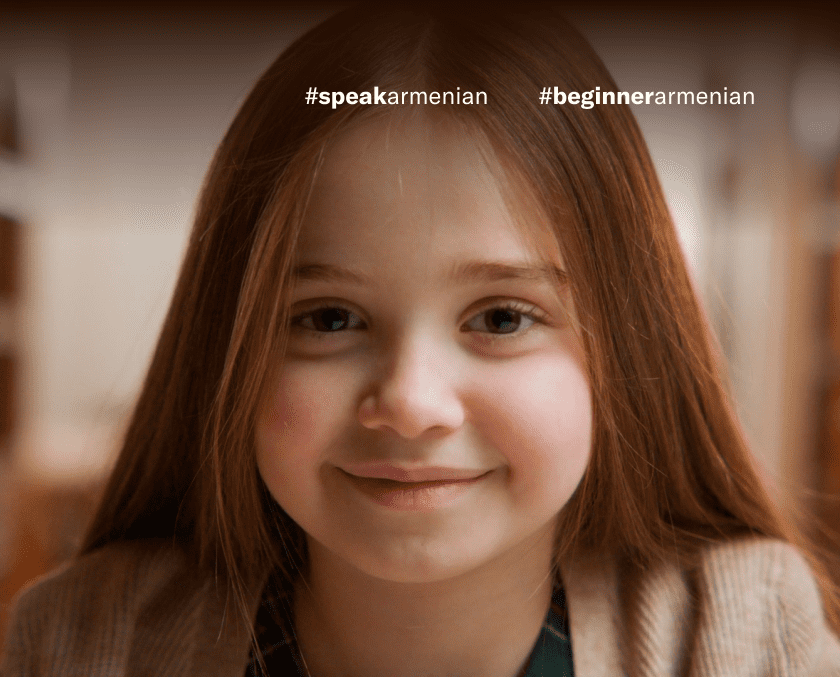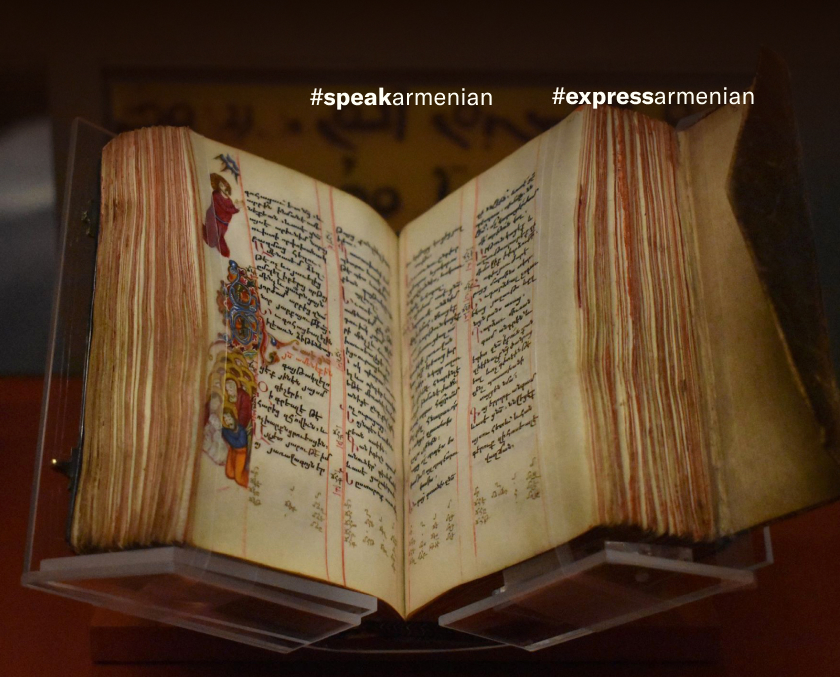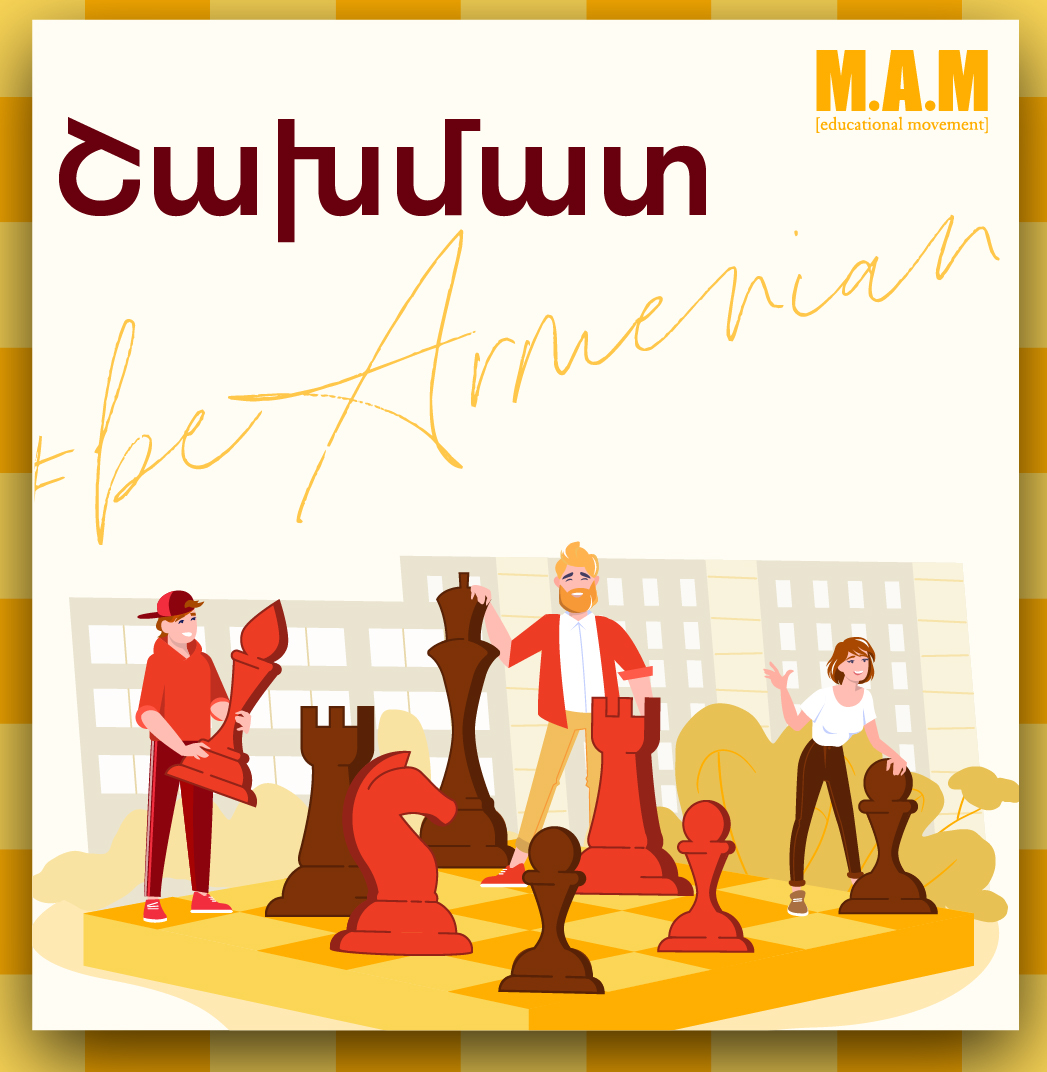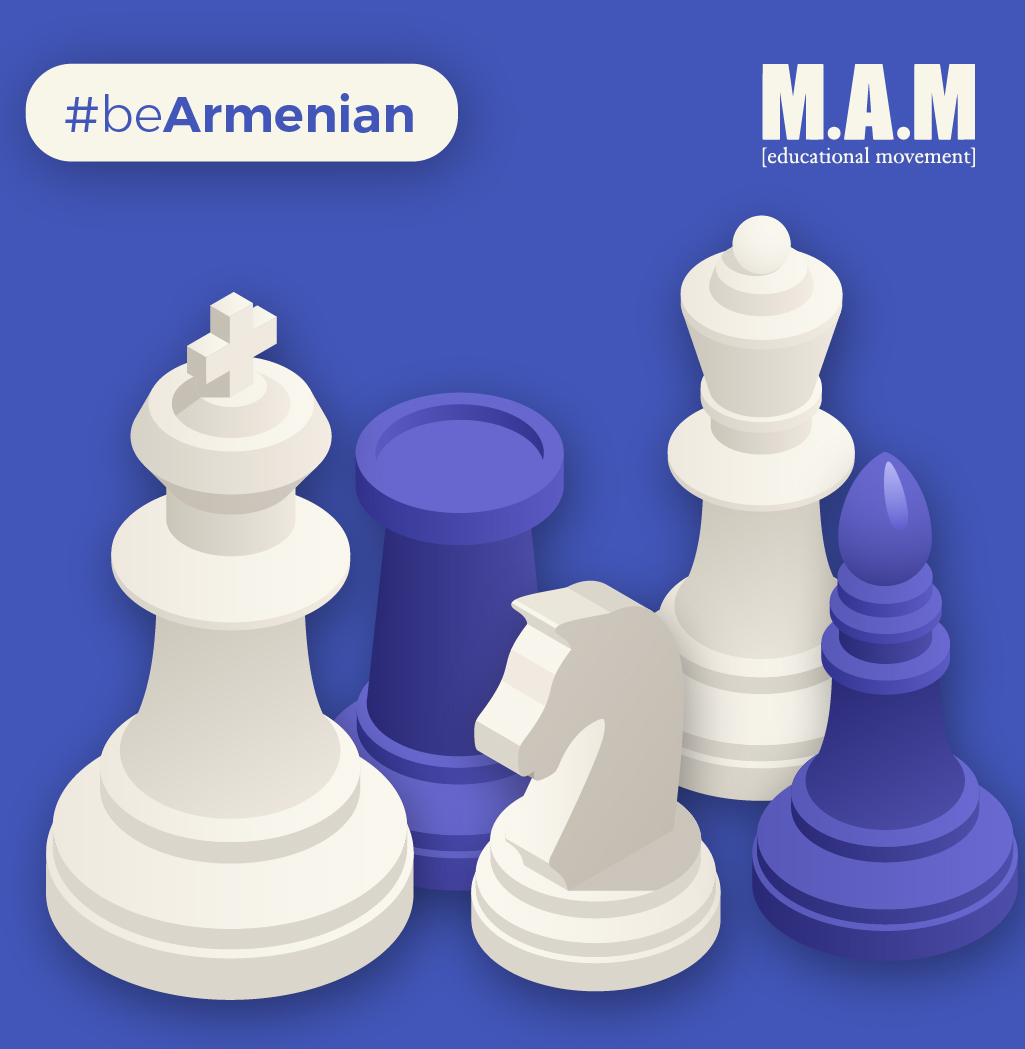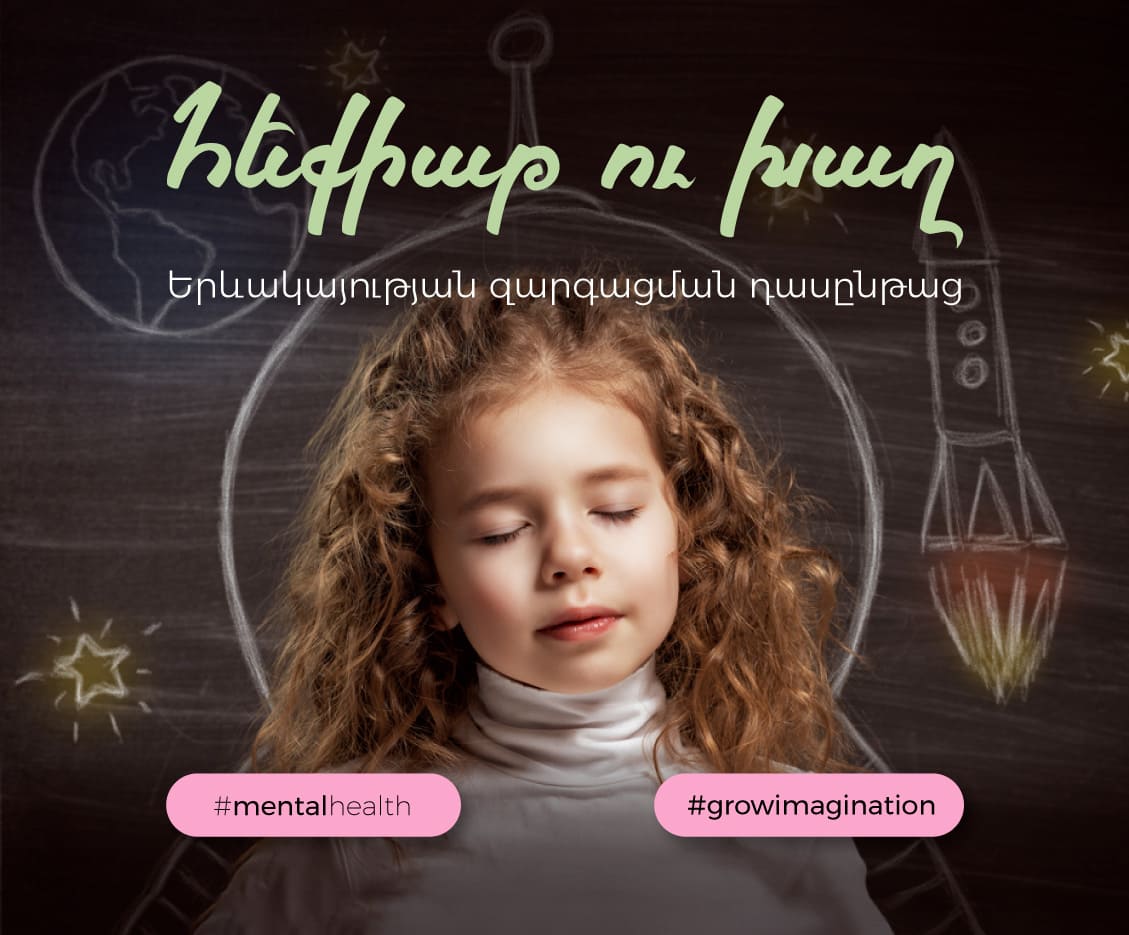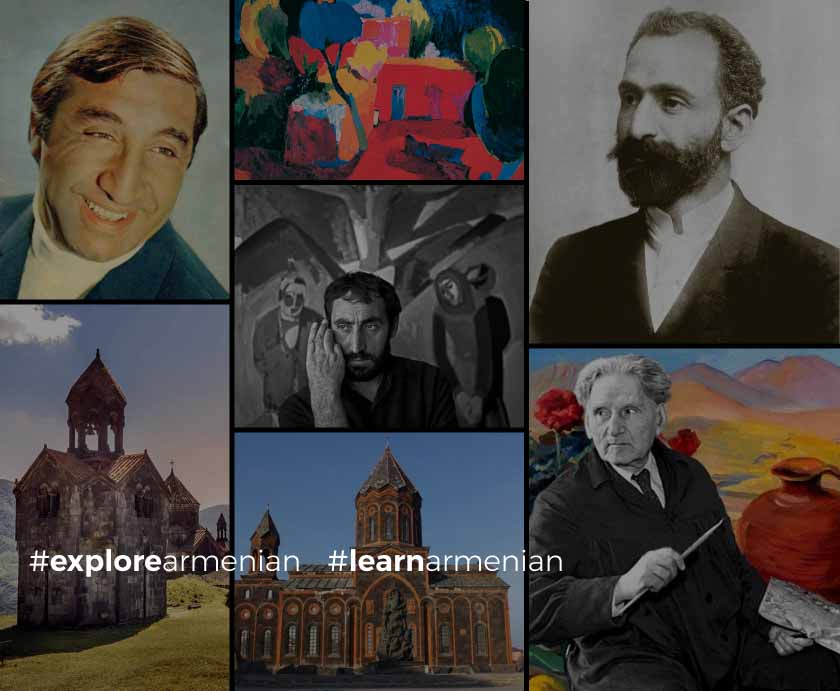Armenian for beginners
Accelerated course "Armenian for beginners" is explicitly designed for foreigners and Armenians whose primary language is not Armenian. The course includes topics relevant for adaptation in the country, which will be helpful in everyday life and work, as well as expand the educational horizons and penetration into the Armenian environment and national culture.
Any material is explained in an accessible form in the form of colorful understandable diagrams, illustrations, and analogies in the native language.
It all starts with the production of sounds because the phonetics in the Armenian language is different from others. Therefore, much attention is paid to stress and intonation when studying the Armenian language. We will help you learn and apply the basic grammatical constructions, words, and expressions necessary for communication.
It is not easy to learn the Armenian language, but if you approach the matter creatively, choosing the proper methodology, then any material will be accessible.
Methodology
At the initial stage of learning, a natural or emotional-semantic method is mainly used, according to which language learning should begin with understanding the meaning, not the form. It is proposed to learn a foreign language naturally, just as children learn to speak their native language.
At the first stage of the initial training cycle, the student is allowed to listen to the speech of a native speaker until he begins to gradually grasp the general meaning of what he has heard, progressively overcoming his fear of a foreign language.
At the end of the first cycle, when the Armenian speech no longer seems gibberish, the listener can not just study the language but spend an hour of class communicating in Armenian. Thus, the language barrier overcomes, and speech initiative arises – the main factor of foreign language proficiency.
At the end of the first cycle, which lasts about 2-3 months, listeners can already speak Armenian, read small texts, and watch short videos on the Internet.
In the second training stage, a conscious-combinative method is used along with the emotional-semantic process. The process gives students an awareness of language phenomena and their application in speech. In addition, they rely on their native language for deeper immersion in their native language and the language being studied.
Learning outcomes
At the end of the First level of the course, participants will be able to
- read and understand simple sentences, in particular, in ads, on posters, in restaurant menus, on shop windows, and understand the basic information of a minor, adapted text.
- understand the basic information (topic, main content, and communicative intentions) of short dialogues and monologues in everyday communication situations;
- be able to maintain a conversation about yourself, friends, family, working day, and free time.
The volume of vocabulary will be up to 2,000 words.
By the end of the second level of training, participants will be able to
- read and understand small journalistic and artistic texts,
- understand the dialogues and communication goals of speakers, radio, advertisements, song lyrics, dialogues from feature films and TV programs,
- conduct a dialogue, ask questions, talk about what they saw, express their own opinion in a situation of accessible communication and analyze the problem,
- interpret texts related to the socio-cultural and formal practical sphere.
The volume of vocabulary is up to 5,000 units
Academic load
In addition to the main classroom hours, students devote no more than 30 minutes to extracurricular (independent) work on preparing for lessons.

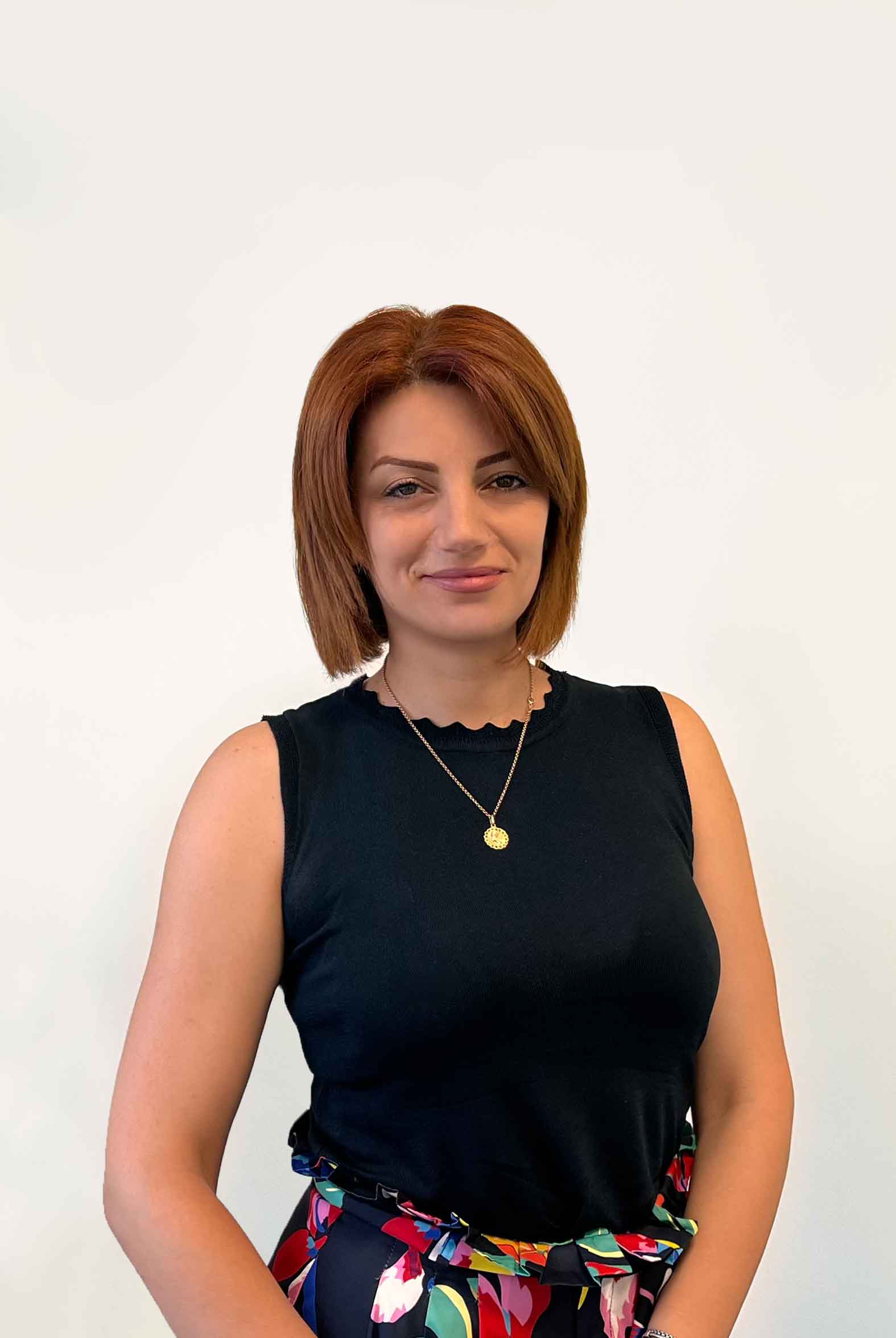





Never hesitate to conquer new horizons and be inspired by the successes of others.
Teacher of online and offline courses (full-time and distance).
Teacher of middle and high school students and adults.
More than five years of teaching experience. Currently works at the online school "Skyeng"
About the project
I work with children of different ages and nationalities, as well as with young people who live both in Armenia and abroad. Observing my personal experience and teaching a foreign language to our compatriots and foreigners for a long time, I have developed an effective teaching style that makes it easy to master the skills of reading, writing, and speaking.
Teaching the native language to our compatriots living abroad is doubly pleasing.
Here it is necessary to consider the grammatical and phonological features of the student's primary language and find the edges of intersection. As an older friend, I also believe that a teacher should transmit language knowledge and be a carrier of culture, religion, and national characteristics.
Message to students
Difficulties always seem impossible at the initial stage of the journey, so do not stop working and building your future. I also grew up in another country like you, but I don't think that justifies not knowing my native language. Therefore, with small steps and a great desire, you can succeed.
Why M.A.M?
M.A.M is not only an educational platform but also a warm environment in your native country, where they are always waiting for you and ready to help.
Well, are you ready to get to know us․․․?
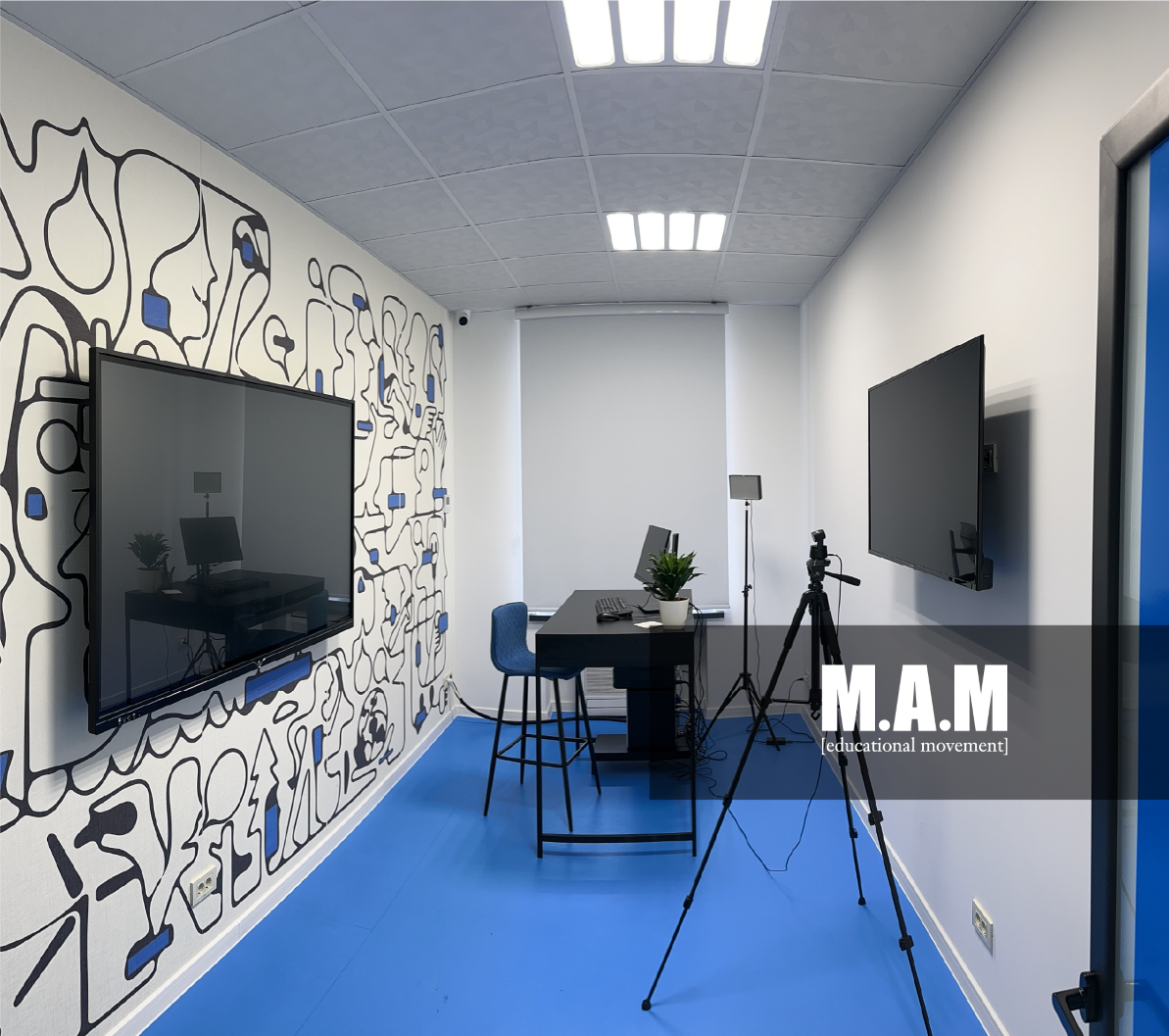
Shirak

